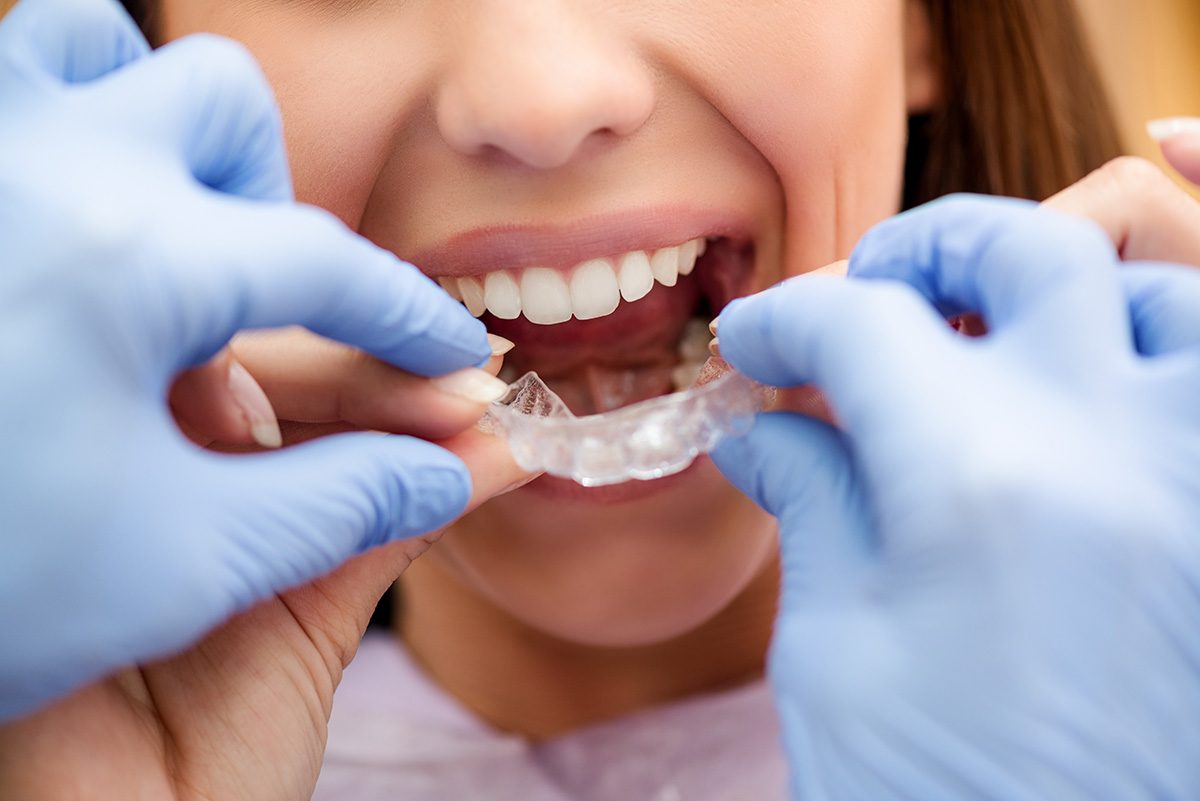Our Legacy Orthodontics Diaries
Our Legacy Orthodontics Diaries
Blog Article
5 Easy Facts About Legacy Orthodontics Shown
Table of ContentsThe Buzz on Legacy OrthodonticsThe 5-Second Trick For Legacy OrthodonticsThe Best Strategy To Use For Legacy OrthodonticsRumored Buzz on Legacy OrthodonticsThe Main Principles Of Legacy Orthodontics
At Advanced Orthodontics, we supply individuals with a all natural therapy experience. Furthermore, we provide adjustable treatment timetables, adaptable payment choices and an enjoyable, pleasurable experience. leesburg invisalign. Phone call ( 480) 357-4900 today for additional information and routine an appointment.An orthodontist is a dentist educated to diagnose, avoid, and deal with teeth and jaw irregularities. Orthodontists work with people of all ages, from youngsters to adults.
Malocclusion, or misaligned teeth, can cause oral concerns, including dental caries, gum tissue disease, and tough or painful chewing. But not every person is born with straight teeth. If you have a negative bite or large spaces in between your teeth, you might wish to get in touch with a dental expert focusing on orthodontic treatment.
Rumored Buzz on Legacy Orthodontics
( Image Credit Score: DigitalVision/Getty Images) Orthodontists make use of repaired and removable dental tools, like dental braces, retainers, and bands, to transform the placement of teeth in your mouth. Orthodontic therapy is for oral irregularities, consisting of: Jagged teethBite issues, like an overbite or an underbiteCrowded teeth or teeth that are as well far apartJaw misalignmentThe objective of orthodontic therapy is to boost your bite.
A healthy and balanced bite guarantees you can consume, eat, and speak correctly. While you may consider orthodontists as mostly for youngsters or teens who require braces, they can deal with oral troubles at any type of age. Orthodontists participate in university, oral college, and orthodontic school. After graduation, they spend 2 or 3 years in an orthodontic residency program.
, but not all dentists are orthodontists. They concentrate on two areas: How to properly and safely move teeth Exactly how to properly guide growth in the teeth, jaw, and faceOnce an orthodontist has actually finished training, they have the alternative to end up being board licensed.
The Only Guide to Legacy Orthodontics
Imbalance, or malocclusion, is the most usual reason individuals see an orthodontist. It is genetic and is the outcome of dimension differences in between the top and reduced jaw or between the jaw and teeth. Malocclusion brings about tooth congestion, an irregular jaw, or irregular bite patterns. Malocclusion is usually treated with: Your orthodontist connects metal, ceramic, or plastic square bonds to your teeth.
If you have only small malocclusion, you might have the ability to use clear dental braces, called aligners, rather than standard dental braces (https://www.anyflip.com/homepage/oxhxt). Some individuals require a headwear to assist relocate teeth into line with pressure from outside the mouth. After dental braces or aligners, you'll need to use a retainer. A retainer is a personalized gadget that keeps your teeth in position.
They're most frequently visit this website used on youngsters. They can produce additional area in the mouth without needing to draw teeth. If you have a serious underbite or overbite, you might require orthognathic surgical treatment (additionally called orthodontic surgical procedure) to lengthen or reduce your jaw. Orthodontists utilize wires, medical screws, or plates to sustain your jaw bone.
You may need to see an orthodontist if you have: Crowding or not adequate room for every one of your teethOverbite, when your upper teeth come by your base teethUnderbite, when your base teeth are too far forwardSpacing or issues with gapsCrossbite, which is when your top teeth fit behind your base teeth when your mouth is closedOpen bite or an upright space in between your front bottom and upper teethMisplaced midline, when the facility of your base and upper teeth do not align Dealing with a dental malocclusion can: Make biting, eating, and speaking easierImprove the balance of our face and your total appearanceEase discomfort from temporomandibular joint conditionsDifferent your teeth and make them much easier to clean up, aiding protect against dental caries or tooth cavities It's frequently a dental professional who initially notices misaligned teeth throughout a routine test.
Some Of Legacy Orthodontics

Throughout your first orthodontic assessment, you'll likely have: A dental examPhotos taken of your face and smileDental X-raysPanoramic (360 level) X-rays of your face and headImpressions to develop mold and mildews of your teethThese examinations will aid your orthodontist know exactly how to wage your treatment. orthodontics. An orthodontist is a dental practitioner that's had training to treat your teeth and jaw
An orthodontist is concentrated on your bite, so something like a chipped tooth would certainly be managed by a dental expert. Orthodontists are focused on your bite, or the way your teeth fit with each other, and the straightness of your teeth.
Ever wondered just how celebrities always seem to have perfectly aligned teeth? Orthodontists are oral professionals who focus on dealing with abnormalities in the teeth and jaws.
The 3-Minute Rule for Legacy Orthodontics

, orthodontists have a diverse toolkit at their disposal. These reliable braces use a system of brackets adhered to the teeth and attached by cords.
These removable trays are tailor-made to gradually shift the teeth's position. In situations of narrow jaws, palatal expanders can be made use of to develop area for appropriate tooth positioning.
Report this page